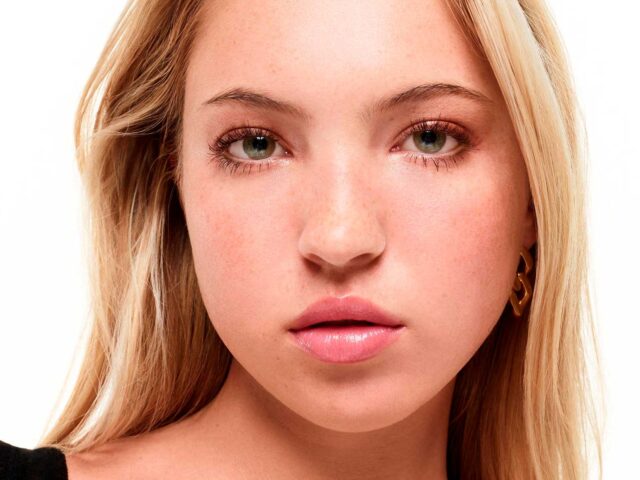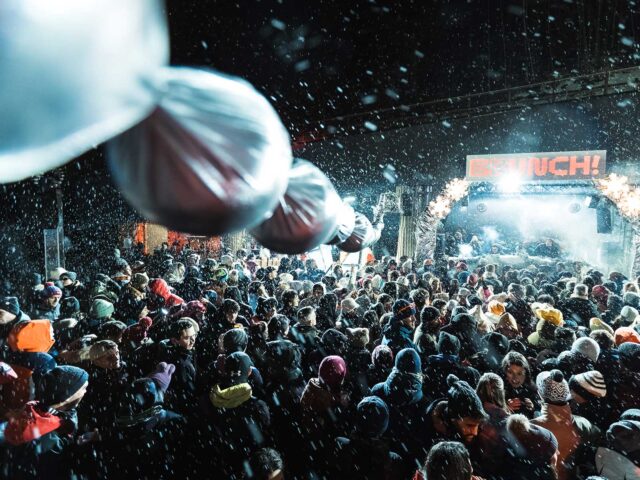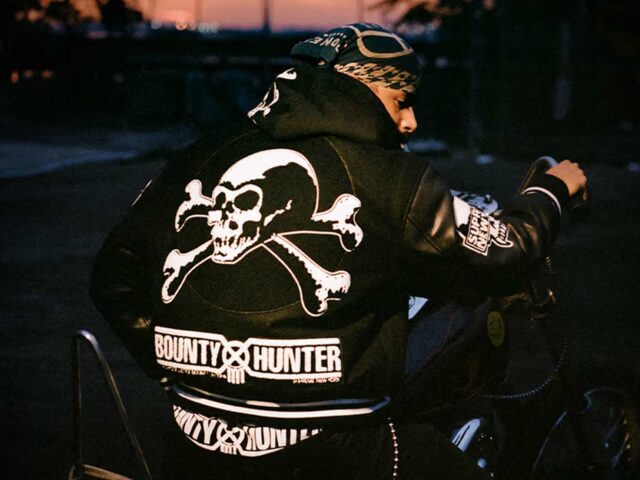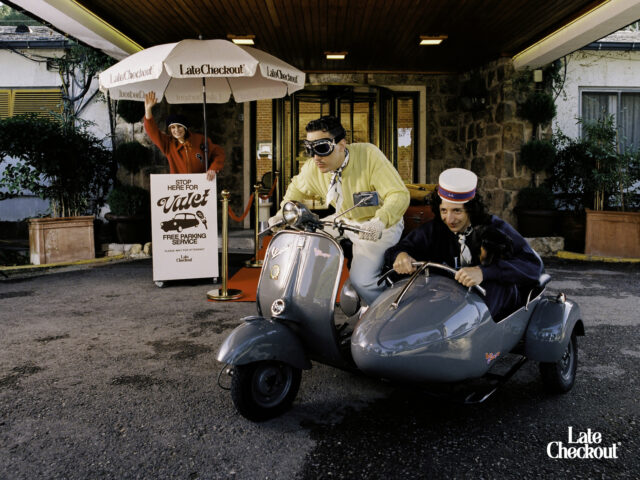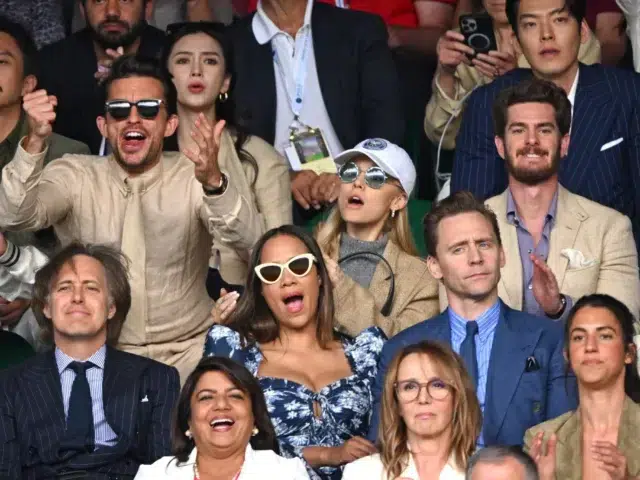Luxury brands from Moncler to Dior are looking to benefit from the cultural power and global audience of the world’s most popular sport. Major labels are gaining a foothold in the European football industry, tapping athletes such as Cristiano Ronaldo, Lionel Messi or Neymar Jr for their campaigns and partnering with elite teams.
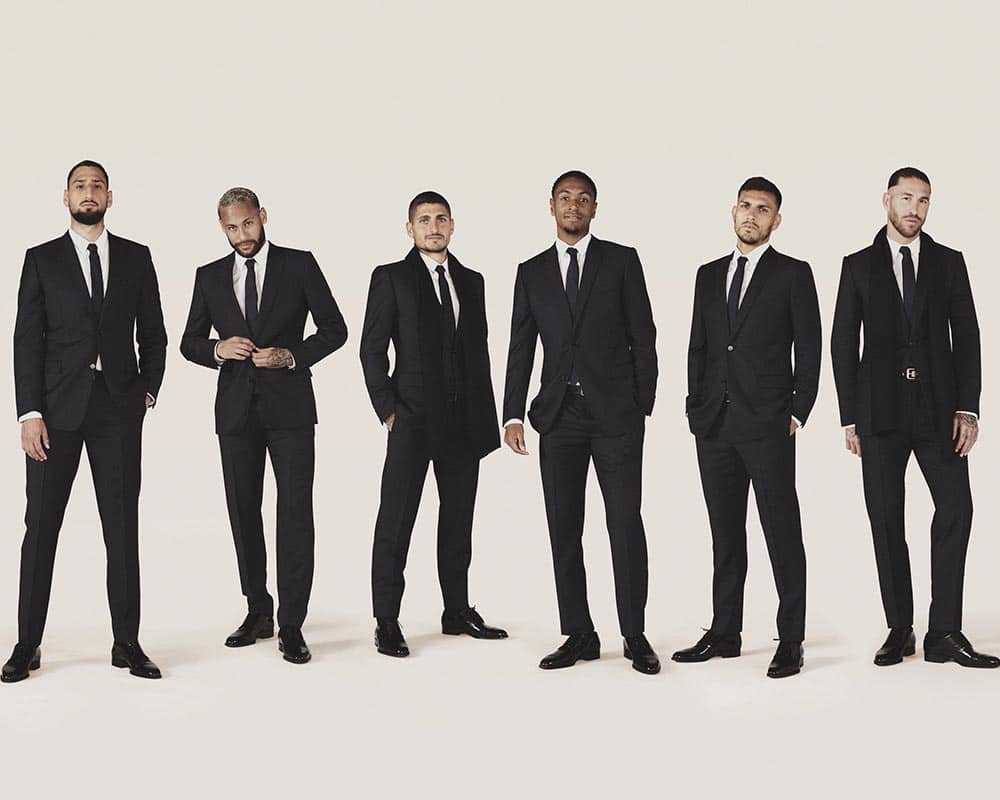
Europe’s top football teams have their official drinks, official banking partners, official airlines and, increasingly, their official luxury fashion sponsors. Moncler and Dior are among the brands that last year signed deals to design formal wear or sportswear for Europe’s top football clubs.
One such collaboration was that of Italian football club Napoli with Giorgio Armani, comprising a range of technical garments and special edition pieces. The launch was launched in September for the 2021-2022 season, positioning one of its garments as the most expensive football shirt in the world.
Dior also teamed up with Paris Saint-Germain (PSG) on a formalwear collection for the men’s team. In addition, when global superstar Messi was introduced to the world as a PSG player in August, he was also photographed wearing a Dior capsule suit. PSG’s Instagram post announcing the news garnered more than eight million likes.

The agreements between luxury brands and football clubs represent the culmination of a decades-long change in attitude between the two industries. Until the 1990s, many brands feared any association with football because of the bad image it gave. Dr Martens was the footwear of choice for English football hooligans and Stone Island was the unofficial uniform of the ultras.
Since then, the commercialisation of the football industry and the evolution of teams and players themselves into global brands has forced the sport to clean up its image. The major European clubs are now global entities, owned by billionaires or (in the case of Manchester City and PSG) Middle Eastern sovereign wealth funds.
In the late 1990s, David Beckham became the first footballer to enter the fashion system, attending fashion shows, appearing in Calvin Klein campaigns and benefiting from brand sponsorships. Today, it is commonplace for campaigns and editorials to feature footballers; Liverpool FC’s Mo Salah is the January cover of British GQ.
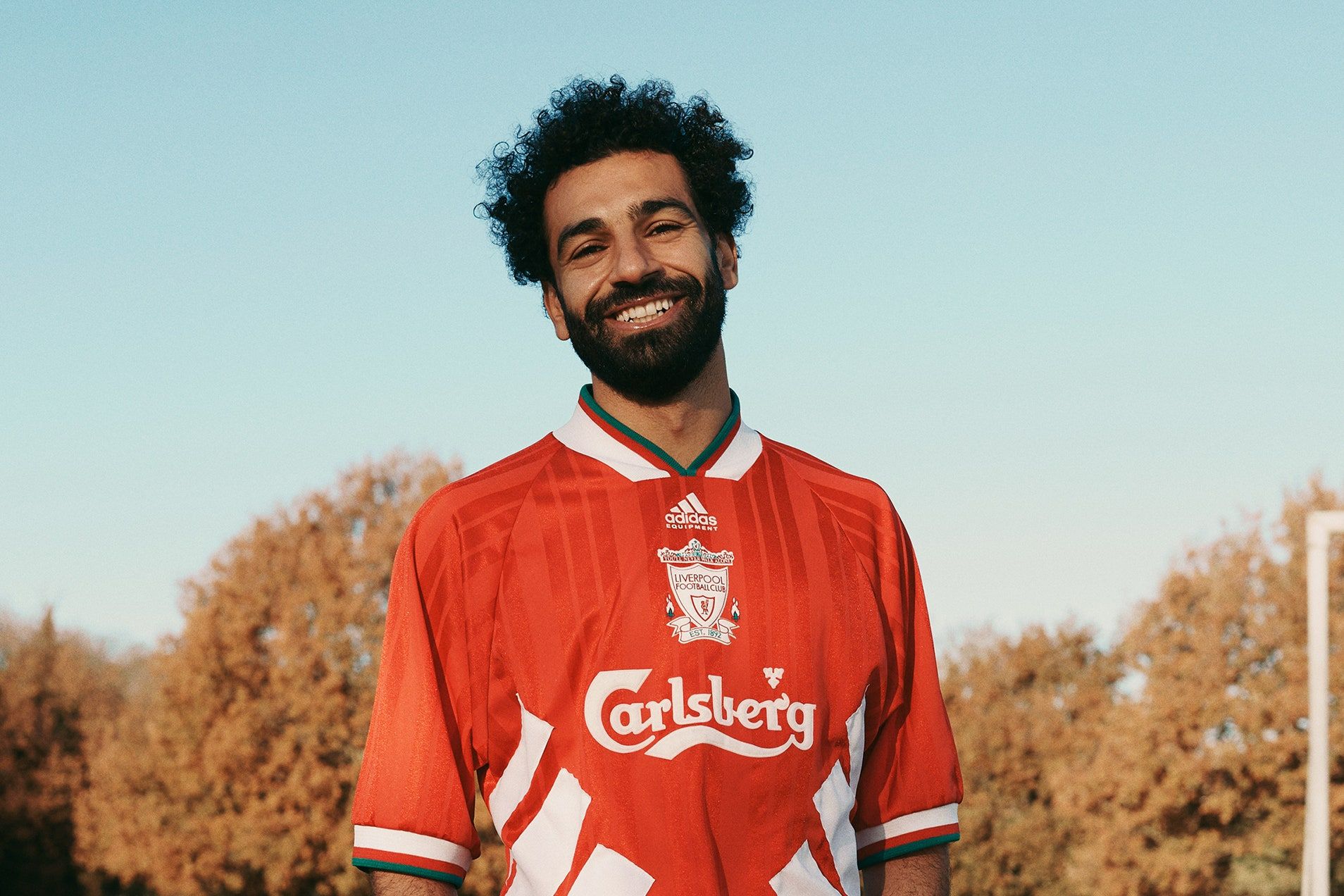
Football is useful for luxury brands that aspire to be fully integrated into their customers’ lifestyles. The global reach of top European clubs (both in terms of fan base and commercial operations in China) is another advantage. One example is Moncler‘s partnership with Inter Milan designed to “connect with new communities in a meaningful and authentic way”.
Now… Why don’t you take a look at the latest Balenciaga campaign starring Kim Kardashian?
Sigue toda la información de HIGHXTAR desde Facebook, Twitter o Instagram
You may also like...
